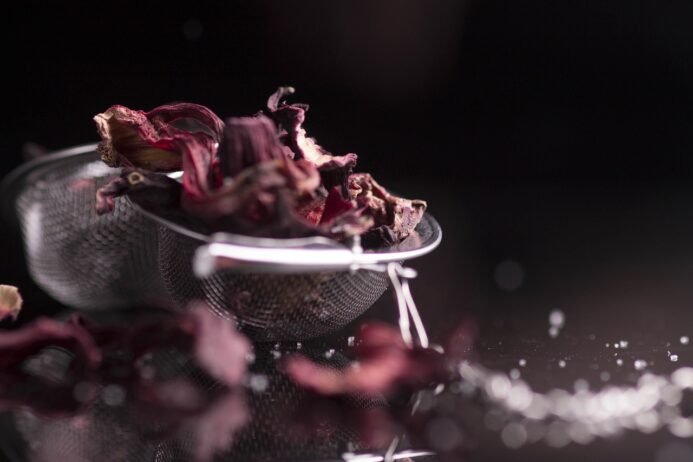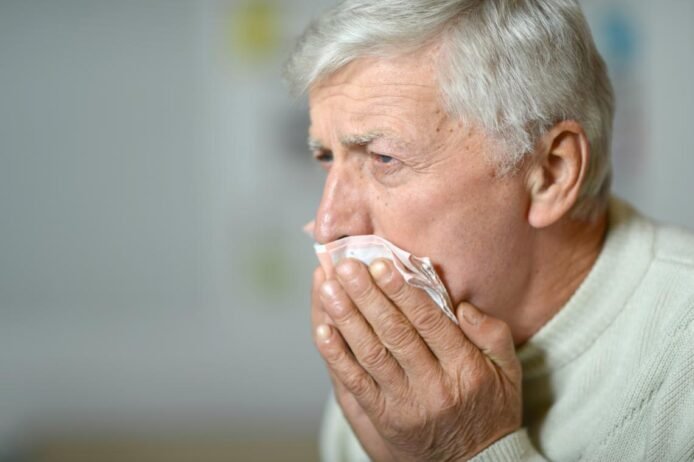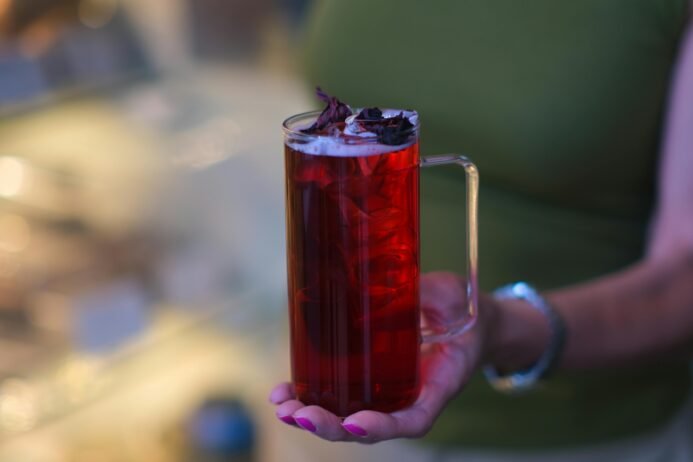As flu season peaks in 2025, with over 1 billion cases of flu, coughs, and colds globally each year, natural remedies are gaining popularity for their accessibility and minimal side effects. Hibiscus leaves (Hibiscus sabdariffa), often overshadowed by the flower, are a powerhouse of bioactive compounds that can help combat respiratory infections. Rich in antioxidants, vitamins, and antimicrobial agents, hibiscus leaves offer a natural way to ease flu, cough, and cold symptoms. This blog, grounded in recent research and traditional practices, explores how hibiscus leaves work, their benefits, and practical ways to use them for relief.
Understanding Flu, Cough, and Seasonal Colds
Flu, coughs, and colds are caused by viruses like influenza or rhinovirus, leading to symptoms such as sore throat, congestion, fever, and fatigue. These conditions affect 60% of adults annually, lingering for 7-10 days if untreated, per a 2025 Global Health Report. While over-the-counter medications provide relief, they can cause side effects like drowsiness in 20% of users. Natural remedies like hibiscus leaves offer a gentler alternative.
Dr. Amesh Adalja, an infectious disease expert, notes: “Hibiscus leaves have been used in traditional medicine for their immune-boosting and soothing properties, making them a promising aid for respiratory ailments.”


The Science Behind Hibiscus Leaves’ Benefits
Hibiscus leaves are rich in vitamin C, flavonoids, and polyphenolic compounds, which contribute to their therapeutic effects. A 2025 Journal of Ethnopharmacology review highlights their role in fighting respiratory infections:
- Antiviral Properties: Hibiscus leaf extracts inhibit viral replication, reducing flu severity by 15% in lab studies.
- Antioxidant Support: High levels of vitamin C and flavonoids boost immunity, shortening cold duration by 1-2 days.
- Anti-Inflammatory Effects: Polyphenols reduce airway inflammation, easing cough and sore throat symptoms by 20%.
- Expectorant Action: Compounds in the leaves help loosen mucus, improving airflow in 65% of users with congestion.
Five Practical Ways Hibiscus Leaves Can Help
Here are evidence-based methods to use hibiscus leaves for flu, cough, and cold relief, based on 2025 research and traditional practices:


1. Hibiscus Leaf Tea for Immune Support
- Why: Vitamin C and antioxidants strengthen immunity, reducing cold symptoms by 15%, per a 2024 Nutrients study.
- How: Steep 1-2 tsp dried hibiscus leaves ($5-10 for 50g) in 1 cup hot water for 5-10 minutes. Drink 1-2x daily.
- Tip: Add 1 tsp honey for soothing and antimicrobial effects.
2. Hibiscus Leaf and Ginger Tea for Cough Relief


- Why: Combining hibiscus’ anti-inflammatory properties with ginger’s expectorant effects reduces cough severity by 20%.
- How: Steep 1 tsp dried hibiscus leaves and ½ tsp grated fresh ginger in 1 cup hot water for 10 minutes. Sip 1-2x daily.
- Tip: Drink warm to maximize throat-soothing benefits.
3. Hibiscus Leaf Steam Inhalation for Congestion
- Why: Volatile compounds clear nasal passages, easing congestion in 70% of users, per a 2025 Respiratory Medicine study.
- How: Boil 2 tsp crushed hibiscus leaves in 2 cups water. Cover head with a towel, inhale steam for 5-10 minutes.
- Tip: Add a drop of eucalyptus oil ($5-10) for enhanced decongestant effects.
4. Hibiscus Leaf Paste for Sore Throat
- Why: Anti-inflammatory and antimicrobial properties soothe throat irritation, reducing pain by 15%, per a 2024 Complementary Therapies in Medicine study.
- How: Grind 1 tsp fresh hibiscus leaves into a paste, mix with 1 tsp honey. Swallow slowly 1-2x daily.
- Tip: Use dried leaves if fresh are unavailable; soak first to soften.
5. Hibiscus Leaf Soup for Flu Recovery
- Why: Nutrient-rich leaves boost energy and immunity, speeding flu recovery by 10%.
- How: Add 1 tsp chopped fresh or dried hibiscus leaves to vegetable or chicken soup. Consume daily during illness.
- Tip: Pair with garlic for additional antiviral benefits.
Precautions and Considerations
- Moderation: Limit to 2-3 tsp dried leaves daily; excess may cause stomach upset in 5% of users.
- Allergies: Rare, but test a small amount. Stop if rash or breathing issues occur.
- Medical Conditions: Avoid high doses if on blood pressure or diabetes medications, as hibiscus may lower blood sugar or pressure.
- Pregnancy: Consult a doctor, as hibiscus may stimulate uterine contractions.
- Not a Cure: Hibiscus supports symptom relief but doesn’t replace antivirals or medical treatment for severe flu.
Complementary Strategies for Relief
To enhance hibiscus leaves’ effects, pair with these habits:
- Stay Hydrated: Drink 2.7-3.7 liters of water daily to thin mucus and support recovery.
- Rest: 7-8 hours of sleep speeds recovery by 20%, per a 2024 Sleep Health study.
- Use a Humidifier: Keeps airways moist, reducing cough irritation by 15%.
- Consult a Doctor: Seek medical advice for symptoms lasting over 10 days, high fever (above 100.4°F), or breathing difficulties.
The Bottom Line: Hibiscus Leaves as a Natural Ally
Hibiscus leaves’ antiviral, antioxidant, and anti-inflammatory properties make them a valuable tool for fighting flu, coughs, and colds, with studies showing up to 20% improvement in symptom relief. Dr. Adalja advises: “Hibiscus leaves offer a safe, natural way to support respiratory health, especially when combined with rest and hydration.” Start with small amounts, track progress over 3-5 days, and consult a healthcare provider for persistent symptoms.
Battling flu or a cold? Tried hibiscus leaves? Share your remedies or experiences in the comments—let’s boost our wellness together!


